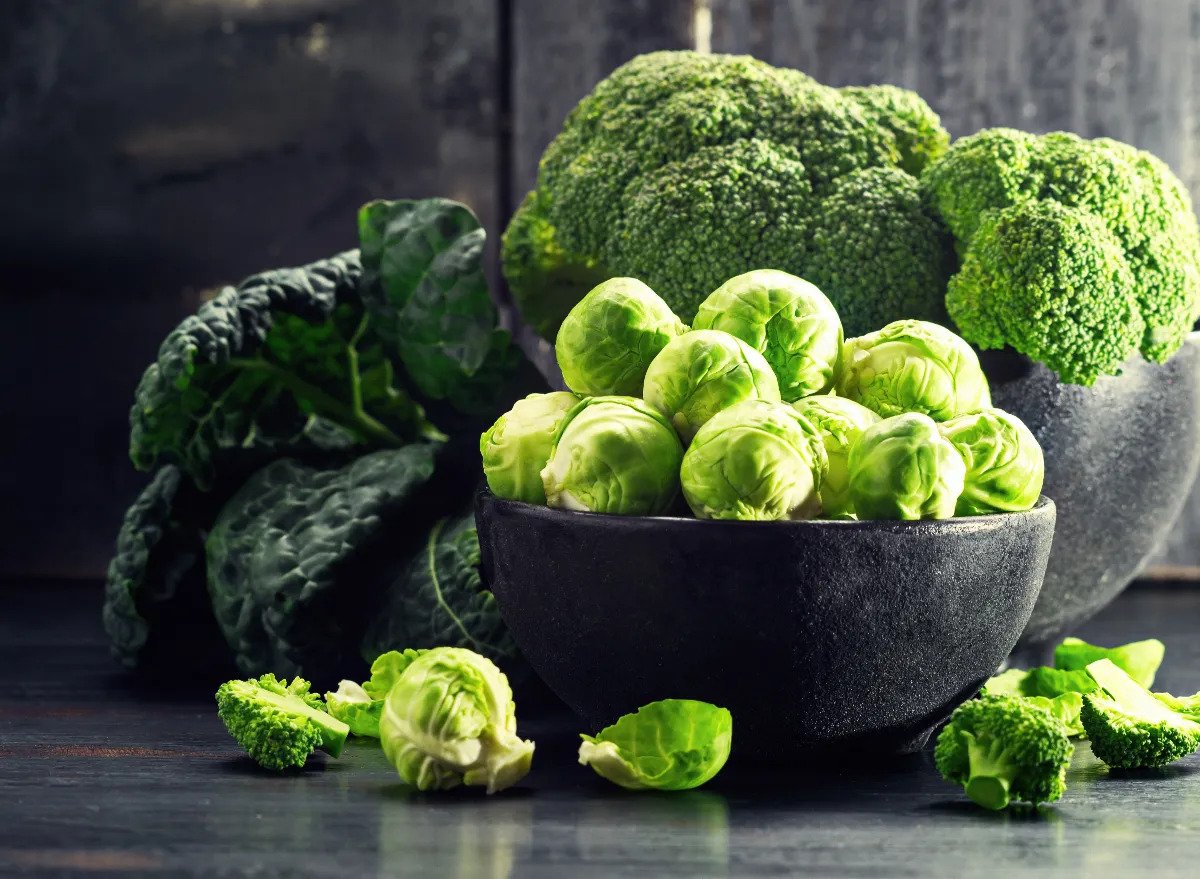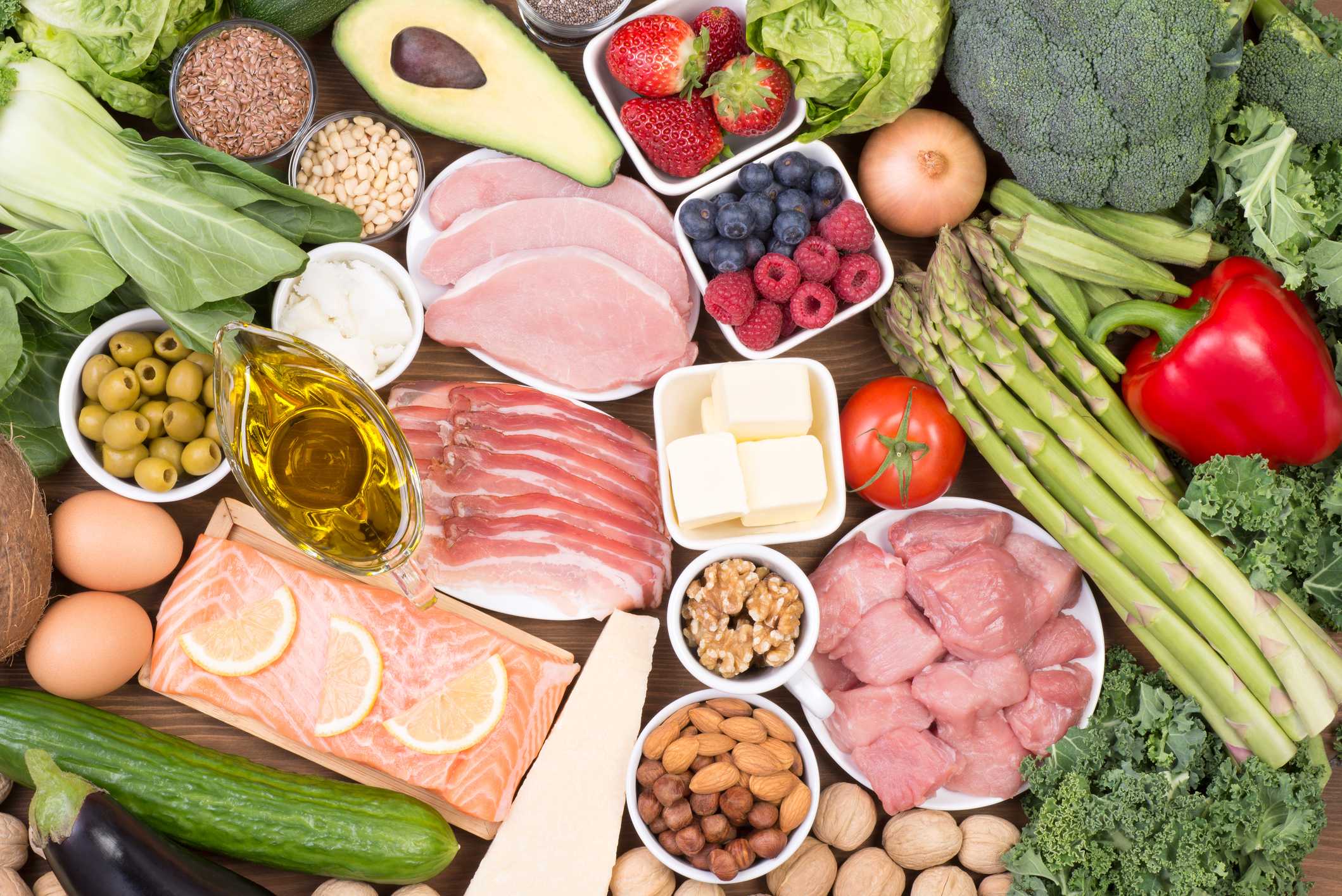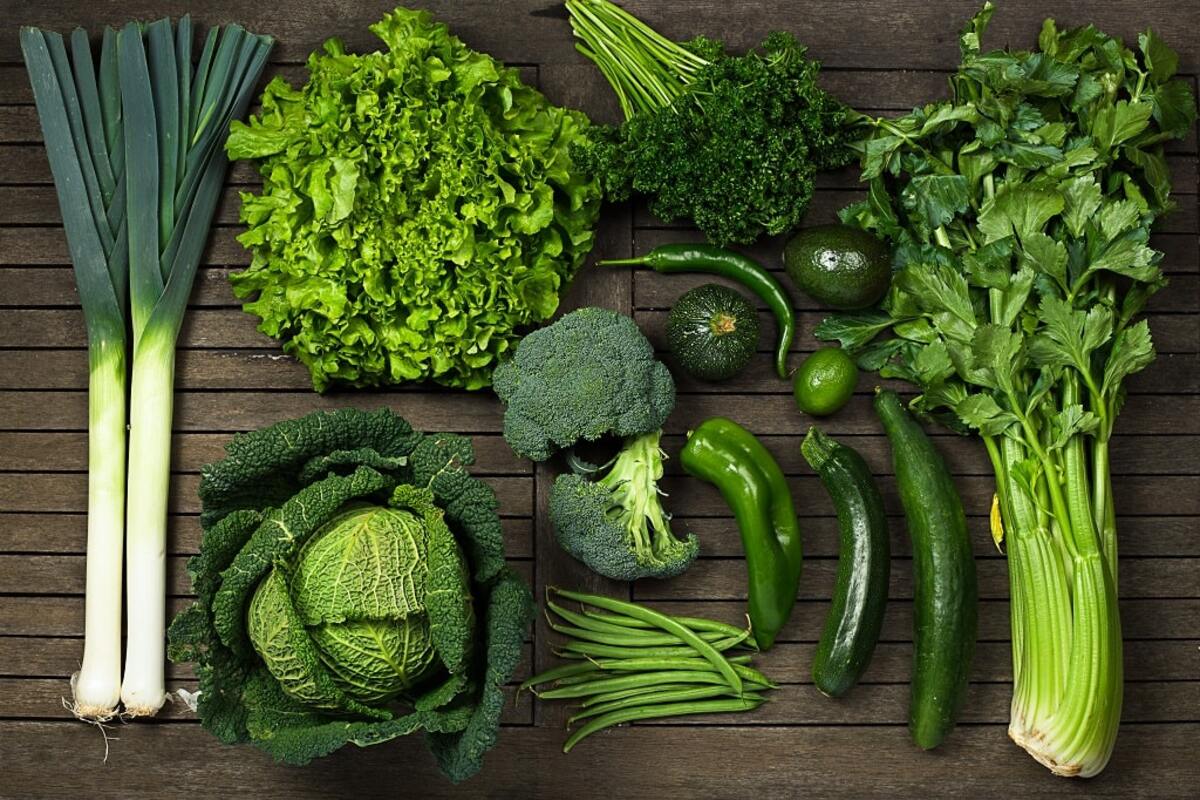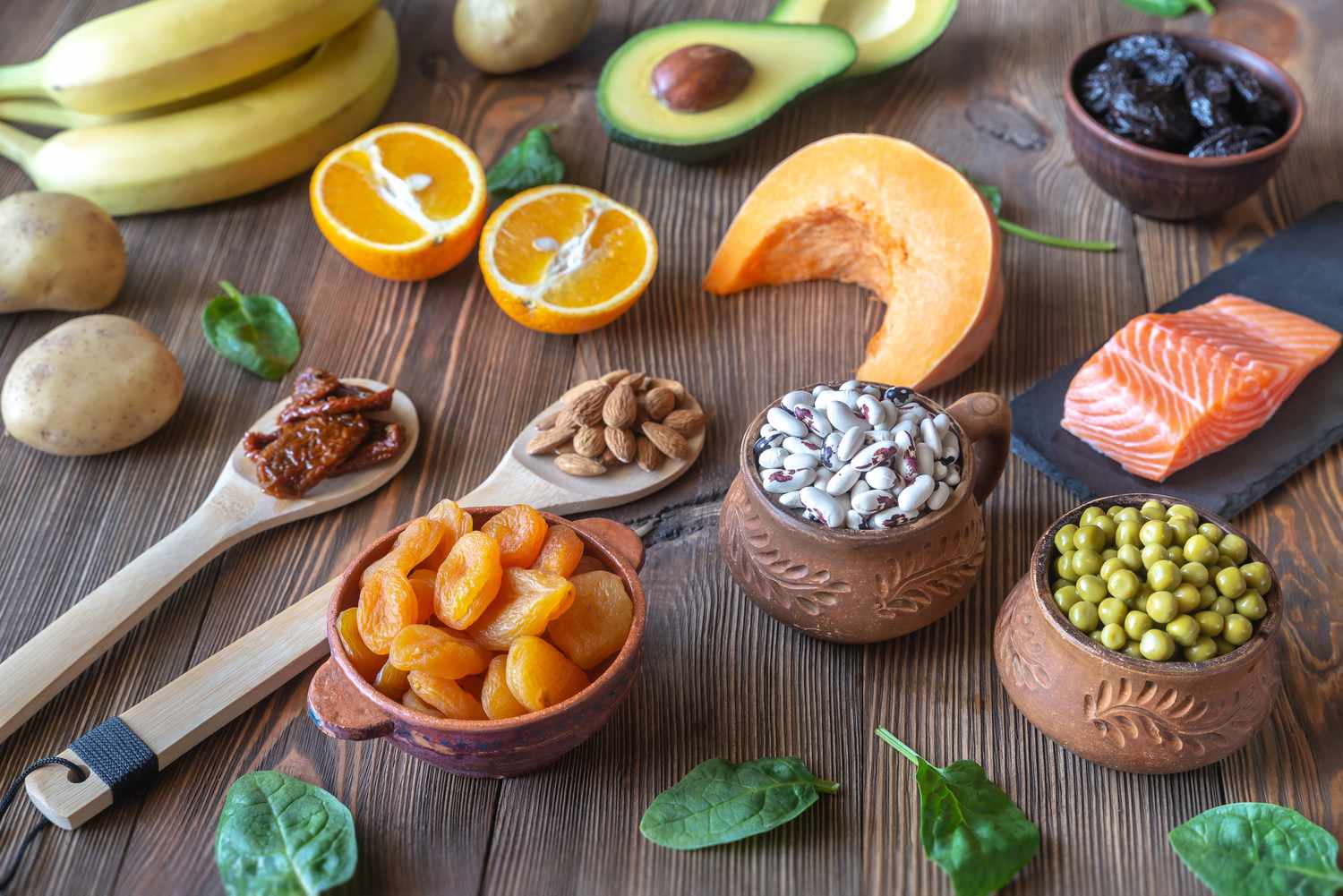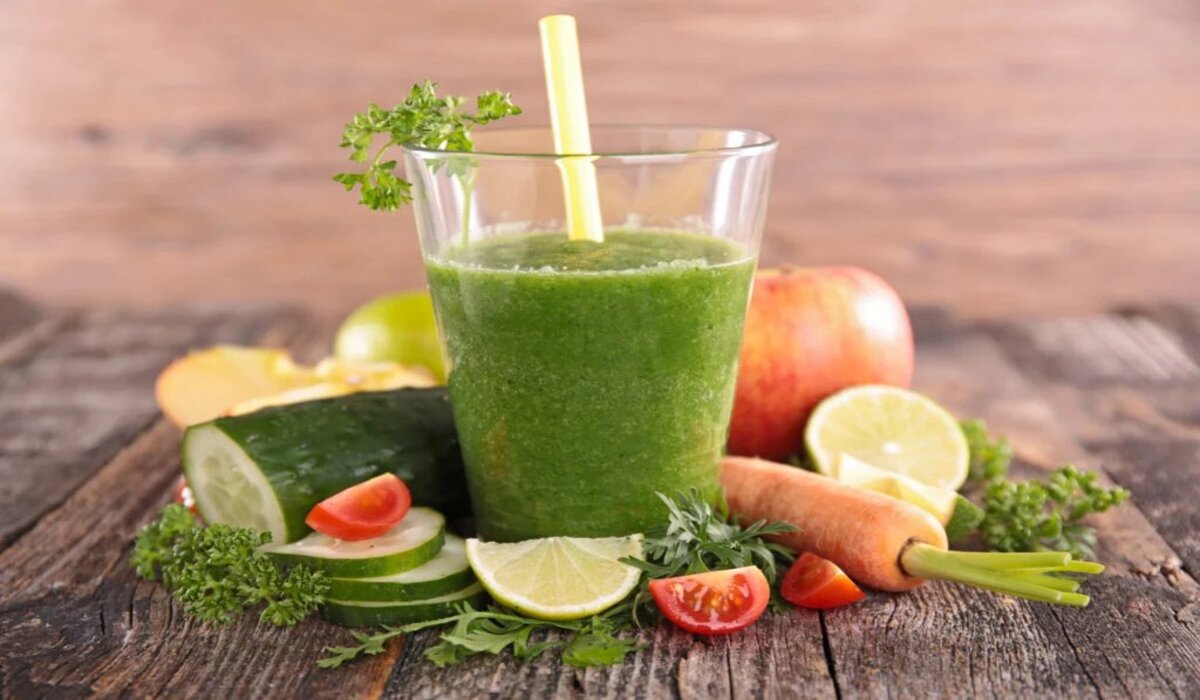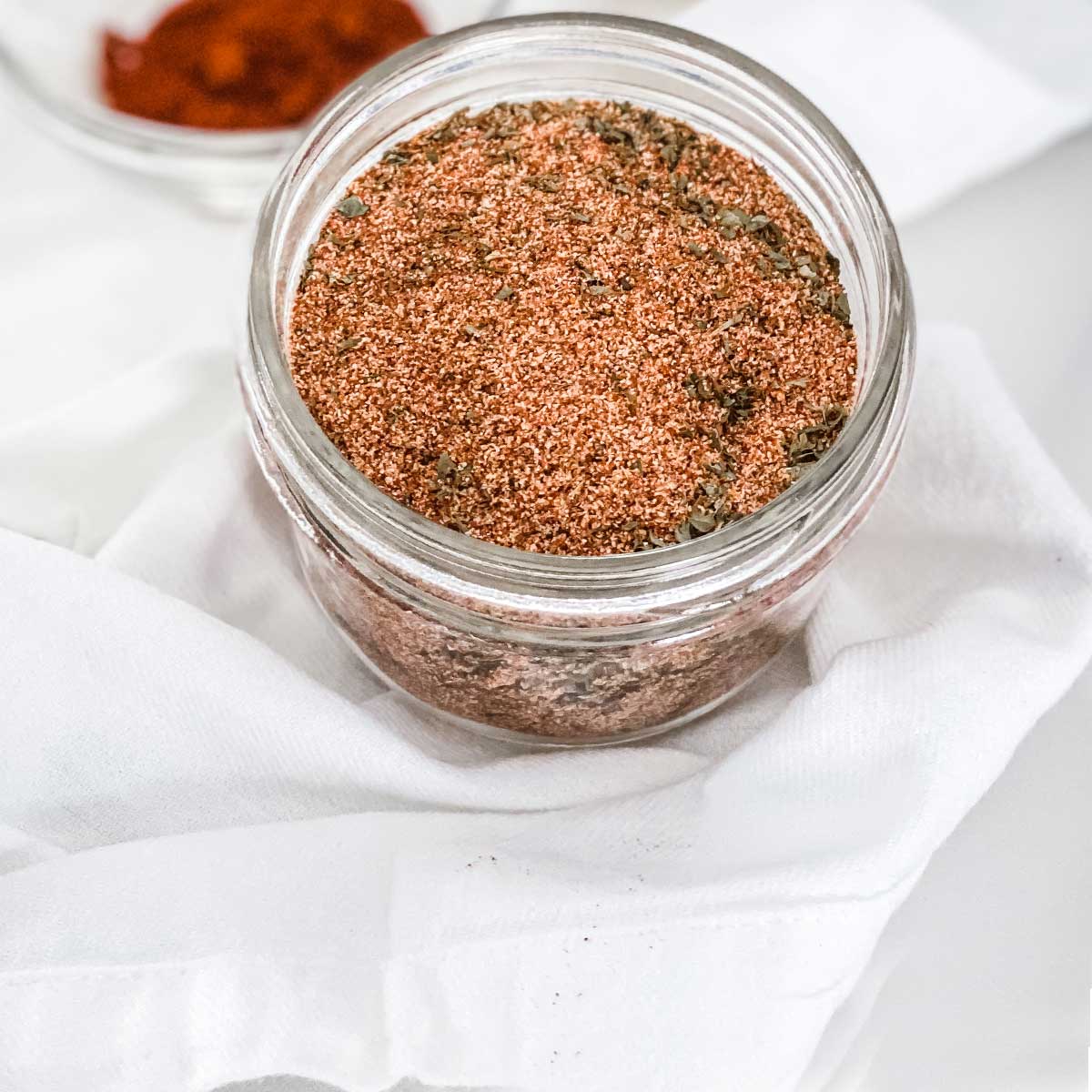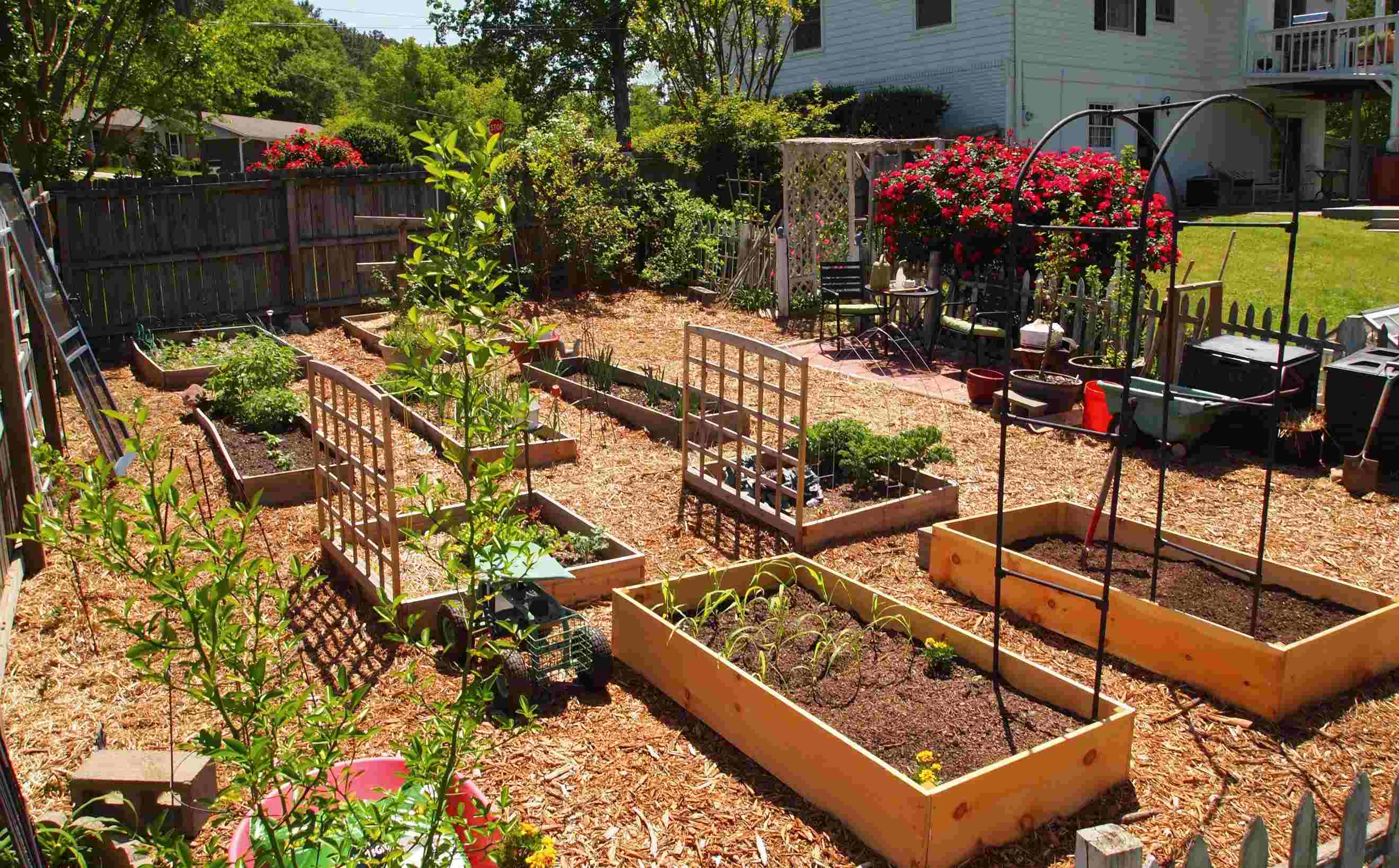Home>Gardening News and Trends>Latest News>How To Make Vegetables Taste Good
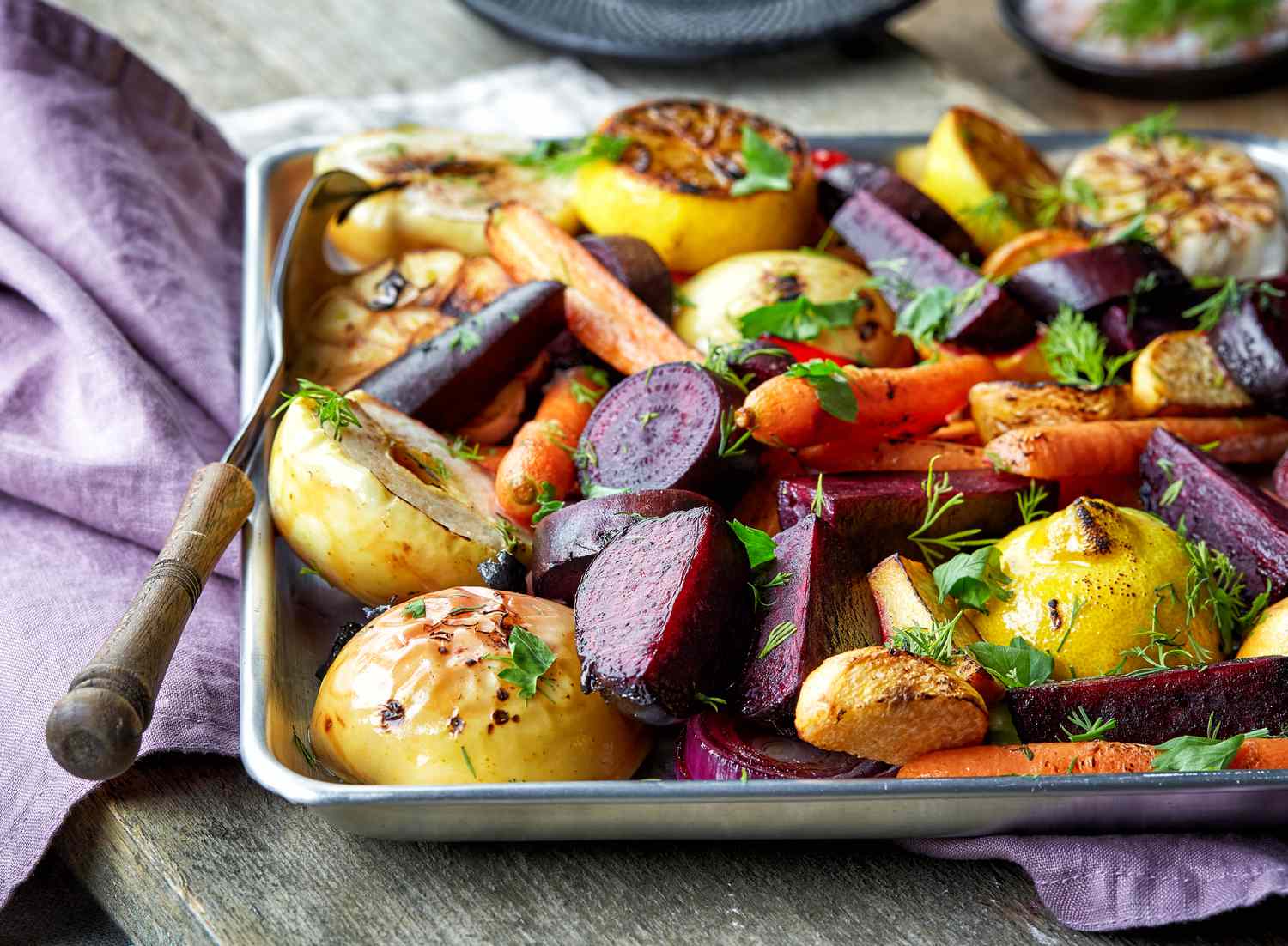

Latest News
How To Make Vegetables Taste Good
Modified: January 22, 2024
Discover the latest news and tips on how to make vegetables taste good. Find easy and delicious recipes that will make you love eating your greens!
(Many of the links in this article redirect to a specific reviewed product. Your purchase of these products through affiliate links helps to generate commission for Chicagolandgardening.com, at no extra cost. Learn more)
Table of Contents
- Introduction
- Understanding the Importance of Vegetables
- Choosing the Right Vegetables
- Freshness and Quality of Vegetables
- Proper Preparation Techniques
- Enhancing Flavor with Herbs and Spices
- Cooking Methods for Delicious Vegetables
- Exploring Flavorful Vegetable Recipes
- Incorporating Vegetables into Everyday Meals
- Conclusion
Introduction
Vegetables are an essential part of a balanced and healthy diet. They are packed with essential nutrients, vitamins, and minerals that promote overall well-being. However, many people struggle to incorporate vegetables into their meals due to concerns about taste and flavor. The perception that vegetables are bland or boring often leads to a lack of enthusiasm for including them in our daily diet.
While it’s true that vegetables may not have the inherent sweetness or richness of other foods, there are numerous ways to make them taste delicious and enjoyable. By utilizing the right techniques, ingredients, and cooking methods, you can transform vegetables into delectable dishes that even the pickiest eaters can’t resist.
In this article, we will explore various strategies to make vegetables taste good, from selecting the right vegetables to incorporating flavorful herbs and spices and trying exciting cooking techniques. You will discover that with a little creativity and experimentation, you can elevate the flavors of vegetables and turn them into a satisfying and tasty addition to your meals.
Whether you’re a vegan, vegetarian, or simply trying to incorporate more fruits and vegetables into your diet, this guide will provide you with the knowledge and inspiration you need to make vegetables a highlight of your culinary endeavors. Get ready to say goodbye to bland, uninspiring veggies and say hello to a world of vibrant and mouthwatering flavors!
Understanding the Importance of Vegetables
Before we delve into ways to make vegetables taste good, it’s important to understand why they are such an essential aspect of a healthy diet. Vegetables are powerhouse foods that provide numerous health benefits and should be a fundamental part of our daily meals.
First and foremost, vegetables are incredibly nutrient-dense, meaning they are packed with essential vitamins and minerals. They are a fantastic source of vitamins A, C, and K, as well as folate, potassium, and fiber. These nutrients play a critical role in supporting our immune system, promoting healthy digestion, and maintaining optimal overall health.
Moreover, vegetables are low in calories and high in fiber, making them an excellent choice for weight management. The high fiber content helps to keep us feeling full and satisfied, reducing the likelihood of overeating and aiding in weight loss or maintenance.
Additionally, vegetables are rich in antioxidants, which help to combat oxidative stress and reduce the risk of chronic diseases such as heart disease, certain types of cancer, and age-related macular degeneration.
By incorporating a variety of vegetables into our diet, we can improve our overall nutrient intake and support the proper functioning of our bodies. From leafy greens like spinach and kale to colorful bell peppers, carrots, and tomatoes, each vegetable offers a unique set of nutrients and health benefits.
It’s important to note that different vegetables vary in taste, texture, and flavor profiles. Some vegetables may have a natural sweetness, while others may be more bitter or earthy. Understanding these flavor profiles can help us tailor our cooking techniques and ingredients to enhance the overall taste of the vegetables.
Now that we understand the importance of vegetables and their impact on our health, let’s delve into the strategies that will make them not only nutritionally beneficial but also incredibly delicious.
Choosing the Right Vegetables
The first step in making vegetables taste good is to choose the right ones. Opting for fresh and high-quality vegetables is key to ensuring that you have a solid foundation for flavorful and enjoyable dishes.
When selecting vegetables, it’s important to consider their freshness. Look for vibrant colors, firm textures, and crispness. Avoid vegetables that appear wilted, discolored, or have soft spots. Fresher vegetables tend to have a higher nutrient content and a better taste.
Another factor to consider is the seasonality of vegetables. During their peak season, vegetables tend to have the best flavor due to favorable growing conditions. Choose vegetables that are in season as they are more likely to be tastier and more affordable.
Additionally, it’s essential to choose vegetables that align with your personal preferences and culinary goals. Some people may prefer milder vegetables like zucchini or cucumber, while others may enjoy stronger flavors from vegetables like Brussels sprouts or radishes.
Experimenting with different types of vegetables is also a great way to add variety and excitement to your meals. Don’t be afraid to try new and unfamiliar vegetables to expand your culinary horizons.
Lastly, consider opting for organic vegetables when possible. Organic vegetables are grown without the use of synthetic fertilizers, pesticides, or genetic modification, which can potentially enhance their taste and nutritional value.
By choosing fresh, seasonal, and organic vegetables that appeal to your taste buds, you set the stage for creating delicious and satisfying vegetable-based dishes.
Freshness and Quality of Vegetables
When it comes to making vegetables taste good, the freshness and quality of the produce play a crucial role. Fresh vegetables not only have a better texture and appearance but also offer superior flavor and nutritional value.
One of the best ways to ensure the freshness of vegetables is to buy them from local farmers’ markets or grow them in your own garden. Locally sourced vegetables are often harvested at peak ripeness and have a shorter distance to travel, resulting in better flavor and freshness.
When purchasing vegetables from a grocery store, pay attention to their appearance. Look for firm textures, vibrant colors, and crisp leaves. Avoid vegetables that are wilted, bruised, or have any signs of mold or decay.
Proper storage is another crucial factor in maintaining the freshness and quality of vegetables. Some vegetables, such as leafy greens and herbs, benefit from being stored in the refrigerator to retain their crispness. Others, like tomatoes and potatoes, should be stored at room temperature to prevent them from becoming mealy or losing their flavor.
It’s also important to use vegetables in a timely manner to prevent spoilage. While certain vegetables like carrots and cabbage can last longer, others like delicate greens and mushrooms should be used within a few days of purchase. Incorporate meal planning into your routine to ensure that you consume your vegetables before they start to deteriorate.
If you have access to a farmer’s market or a community-supported agriculture (CSA) program, consider signing up for a subscription. These options provide you with fresh, locally grown vegetables on a regular basis, ensuring that you always have a supply of high-quality produce.
Remember, fresh and high-quality vegetables are the foundation for creating delicious and flavorful dishes. By prioritizing freshness and proper storage, you can maximize the taste and nutritional benefits of your vegetables.
Proper Preparation Techniques
Properly preparing vegetables is key to bringing out their best flavors and textures. Here are some essential techniques to ensure that your vegetables are prepared correctly:
- Washing: Start by washing your vegetables thoroughly to remove any dirt, debris, or pesticides. Use a colander and gently rinse under cold water. This step helps to enhance the cleanliness and safety of your vegetables.
- Peeling and Trimming: For certain vegetables like carrots or potatoes, peeling the skin can improve texture and remove any bitter or tough outer layers. Similarly, trimming off any excess leaves or stems from vegetables like broccoli or asparagus can enhance their taste.
- Cutting and Slicing: How you cut or slice vegetables can have an impact on the overall taste and texture. Consider the recipe you are preparing and the desired outcome. Vegetables can be diced, chopped, sliced, julienned, or even spiralized depending on the dish you are creating.
- Blanching: Blanching is a technique where vegetables are briefly cooked in boiling water and then immediately submerged in ice water to halt the cooking process. This method helps retain the vibrant color, crispness, and nutrients of vegetables while eliminating any bitterness or enhancing their flavor.
- Marinating: Marinating vegetables can infuse them with additional flavor and tenderness. Create a marinade using ingredients like oil, vinegar, soy sauce, herbs, and spices. Allow the vegetables to soak in the marinade for at least 30 minutes or longer before cooking.
- Roasting and Grilling: Roasting and grilling are cooking methods that bring out the natural sweetness and flavors of vegetables. Toss them with a little olive oil, salt, and pepper before placing them in a hot oven or on a preheated grill. The caramelization and charred edges will add depth and complexity to the taste.
By employing these proper preparation techniques, you can ensure that your vegetables are ready to be transformed into mouthwatering and enjoyable dishes.
Enhancing Flavor with Herbs and Spices
Herbs and spices have the power to elevate the flavors of vegetables, turning them from ordinary to extraordinary. By incorporating the right combination of herbs and spices, you can add depth, aroma, and complexity to your vegetable dishes. Here are some ways to enhance the flavor of vegetables with herbs and spices:
- Garlic and Onion: Garlic and onion are staples in flavoring many dishes, and vegetables are no exception. Mince or finely chop garlic and onion to add a savory base to your vegetable creations.
- Herb Medleys: Experiment with herb medleys like Italian seasoning, Herbes de Provence, or Za’atar to add a burst of flavor to your vegetables. These blends often combine herbs like basil, oregano, thyme, and rosemary, providing a well-rounded and aromatic profile.
- Citrus Zest: Grated citrus zest, such as lemon or orange, can bring a refreshing and vibrant element to your vegetable dishes. Sprinkle a bit of zest over steamed veggies or use it in dressings and marinades.
- Spice Blends: Explore various spice blends, such as curry powder, chili powder, garam masala, or Chinese five-spice, to add complexity and heat to your vegetables. These blends can transform the taste of your dishes and infuse them with unique flavor profiles.
- Fresh and Dried Herbs: Experiment with fresh herbs like basil, cilantro, parsley, dill, or mint to enhance the flavors of your vegetables. Simply chop them and sprinkle over your cooked vegetables for a burst of freshness. Dried herbs like thyme, rosemary, or sage can be added during cooking to infuse vegetables with earthy and aromatic notes.
- Hot and Spicy: If you enjoy some heat, consider adding hot peppers like jalapeños or red pepper flakes to your vegetable dishes. These fiery additions can provide a kick and make your vegetables more exciting.
- Umami Boost: Incorporate umami-rich ingredients like soy sauce, miso paste, or nutritional yeast to add a savory and satisfying flavor to your vegetables. These ingredients can enhance the depth of taste and make your dishes more satisfying.
Remember to start with a small amount of herbs and spices and gradually adjust the seasoning according to your taste preferences. The right combination of herbs and spices can truly transform the flavor of your vegetables, making them a delight to eat.
Cooking Methods for Delicious Vegetables
The cooking method you choose can greatly impact the taste and texture of vegetables. By employing the right cooking techniques, you can unlock the full flavor potential of your vegetables. Here are some cooking methods to consider for delicious vegetables:
- Steaming: Steaming is a gentle and healthy cooking method that helps vegetables retain their natural color, texture, and nutrients. Simply place vegetables in a steamer basket over boiling water and cook until tender. Steamed vegetables are delicate, flavorful, and maintain a pleasant crunch.
- Sautéing: Sautéing involves cooking vegetables over medium-high heat in a small amount of oil or butter. This method quickly cooks vegetables while preserving their natural flavors and adding a pleasant caramelized texture. Aim to sauté vegetables until they are crisp-tender, avoiding overcooking or excessive browning.
- Stir-Frying: Stir-frying is a fast and high-heat cooking technique that allows for quick cooking while maintaining the crunchiness of vegetables. Cut vegetables into thin, uniform pieces and cook them in a hot pan or wok with some oil, stirring constantly. This method sears the vegetables quickly, resulting in a vibrant and flavorful dish.
- Roasting: Roasting is an excellent way to intensify the flavors of vegetables. Toss vegetables with olive oil, salt, and pepper, then spread them in a single layer on a baking sheet. Roast in a preheated oven until they become tender and develop a caramelized exterior. The natural sugars in the vegetables caramelize during the roasting process, creating a rich and sweet flavor.
- Grilling: Grilling vegetables adds a smoky and charred flavor. Brush vegetables with oil and season with salt and pepper before placing them on a preheated grill. Grill until they have distinct grill marks and are cooked to your desired tenderness. The heat from the grill imparts a unique smoky flavor that enhances the taste of the vegetables.
- Braising: Braising involves cooking vegetables in a small amount of liquid over low heat for an extended period. This method helps to soften vegetables while infusing them with the flavors of the cooking liquid. Braised vegetables become tender, flavorful, and develop a rich sauce or glaze.
- Blanching and Refreshing: Blanching is a technique where vegetables are briefly boiled in water and then immediately submerged in ice water to stop the cooking process. This method helps the vegetables retain their color, texture, and nutrients. Blanching vegetables before using them in other cooking methods can help remove any bitterness and enhance their overall taste.
Experiment with different cooking methods to discover your favorite ways to cook vegetables. Each technique offers a unique flavor and texture, allowing you to enjoy vegetables in a variety of delicious ways.
Exploring Flavorful Vegetable Recipes
Now that we have covered various techniques for making vegetables taste good, let’s explore some flavorful and exciting vegetable recipes that will satisfy your taste buds:
- Roasted Balsamic Brussels Sprouts: Toss Brussels sprouts with olive oil, balsamic vinegar, salt, and pepper. Roast them in the oven until they are caramelized and tender. This simple yet delicious recipe brings out the natural sweetness of the Brussels sprouts while adding a tangy and savory element.
- Stir-Fried Garlic Ginger Green Beans: Heat some oil in a pan and add minced garlic and grated ginger. Stir-fry green beans until they are crisp-tender. Finish with a drizzle of soy sauce or sesame oil for a burst of savory flavor. This recipe combines aromatic spices with crunchy green beans for a delicious side dish or a light main course.
- Grilled Vegetable Skewers: Thread a variety of vegetables like bell peppers, zucchini, mushrooms, and red onions onto skewers. Brush them with a marinade made of olive oil, lemon juice, garlic, and herbs. Grill until the vegetables are tender and have a slight char. These grilled vegetable skewers are full of smoky flavors and make a perfect addition to any backyard barbecue.
- Spaghetti Aglio e Olio with Broccoli: Cook spaghetti according to package instructions. In a separate pan, sauté minced garlic, red pepper flakes, and cooked broccoli florets in olive oil. Toss the cooked pasta with the sautéed mixture, adding a squeeze of lemon juice and a sprinkle of grated Parmesan cheese. This simple pasta dish is bursting with the flavors of garlic, chili, and the earthy richness of broccoli.
- Cauliflower Fried Rice: Pulse cauliflower in a food processor until it resembles rice grains. Heat some oil in a pan and stir-fry the cauliflower rice with your choice of vegetables, such as peas, carrots, and bell peppers. Add soy sauce, ginger, garlic, and a scrambled egg for a healthier twist on traditional fried rice. This recipe is a great way to incorporate more vegetables into your diet without sacrificing flavor.
- Roasted Root Vegetables with Rosemary: Toss a mixture of root vegetables like carrots, potatoes, and parsnips with olive oil, fresh rosemary, salt, and pepper. Roast them in the oven until they are caramelized and tender. The combination of hearty root vegetables and aromatic rosemary creates a comforting and flavorful side dish.
These recipes are just a starting point to inspire your culinary creativity. Feel free to modify them and add your own twist by incorporating different herbs, spices, or sauces to suit your taste preferences.
By exploring flavorful vegetable recipes, you will discover the joy and satisfaction of incorporating vegetables into your meals.
Incorporating Vegetables into Everyday Meals
Incorporating vegetables into your everyday meals doesn’t have to be a daunting task. With a little creativity and planning, you can effortlessly include vegetables in every meal, making them an integral and enjoyable part of your diet.
- Breakfast: Start your day with a nutritious and vegetable-packed breakfast. Add sautéed spinach, mushrooms, or bell peppers to your omelet or scramble. Blend leafy greens like kale or spinach into your morning smoothie for an added boost of vitamins and minerals.
- Lunch: Create vibrant and satisfying salads for your lunch. Include a variety of colorful vegetables like cherry tomatoes, cucumbers, carrots, and mixed greens. Add a protein source like grilled chicken, tofu, or beans for a complete and nutritious meal.
- Snacks: Replace unhealthy snacks with vegetable alternatives. Snack on carrot or celery sticks with some hummus or enjoy crispy roasted chickpeas for a protein-packed and fiber-rich snack.
- Dinner: Make vegetables the star of your dinner plate. Create stir-fries packed with colorful vegetables, or try vegetable-based dishes like zucchini noodles with marinara sauce or stuffed bell peppers filled with quinoa and vegetables. Incorporate vegetables into pasta dishes, curries, and grain bowls for a satisfying and flavorful meal.
- Side Dishes: Prepare delicious vegetable side dishes to accompany your main course. Roast Brussels sprouts, steam asparagus, or blanch green beans. Season them with herbs, spices, and a drizzle of olive oil for added flavor.
- Soups and Stews: Amp up the nutritional value of your soups and stews by adding an array of vegetables. Combine ingredients like carrots, celery, onions, and leafy greens for a hearty and nourishing bowl.
- Desserts: Believe it or not, vegetables can even be incorporated into desserts! Use vegetables like pumpkin or zucchini to make muffins, bread, or cakes. These additions add natural sweetness and moisture to your baked goods.
Remember, the key is to be creative and experiment with different ways to incorporate vegetables into your meals. Don’t be afraid to try new recipes and adapt them to suit your taste preferences.
By making vegetables a regular part of your everyday meals, you will not only enhance the flavors and nutritional value of your dishes but also develop a healthier and more balanced eating lifestyle.
Conclusion
Incorporating vegetables into your diet doesn’t have to be a daunting task. With the right knowledge and techniques, you can make vegetables taste good and enjoy their incredible health benefits.
Start by choosing fresh and high-quality vegetables that align with your personal preferences. Properly prepare them using techniques like washing, peeling, and cutting to ensure optimal flavor and texture. Experiment with different cooking methods such as steaming, sautéing, roasting, and grilling to bring out the natural flavors of your vegetables.
Enhance the taste of your vegetables by incorporating herbs, spices, and other flavor-boosting ingredients. Citrus zest, garlic, onion, herb medleys, and spice blends can transform your vegetables into mouthwatering dishes.
Explore a variety of flavorful and nutritious vegetable recipes to find new favorites and expand your culinary horizons. From roasted balsamic Brussels sprouts to cauliflower fried rice, there are endless possibilities to make vegetables the star of your meals.
By incorporating vegetables into your everyday meals, you can enjoy a more balanced and wholesome diet. Whether it’s adding vegetables to your breakfast, lunch, dinner, or snacks, they can provide a wide range of nutrients and elevate the taste of your dishes.
Embrace the versatility and deliciousness of vegetables and discover the joy of creating flavorful meals that nourish your body and excite your taste buds. With a little creativity and experimentation, you can make vegetables an integral and enjoyable part of your daily eating routine.
